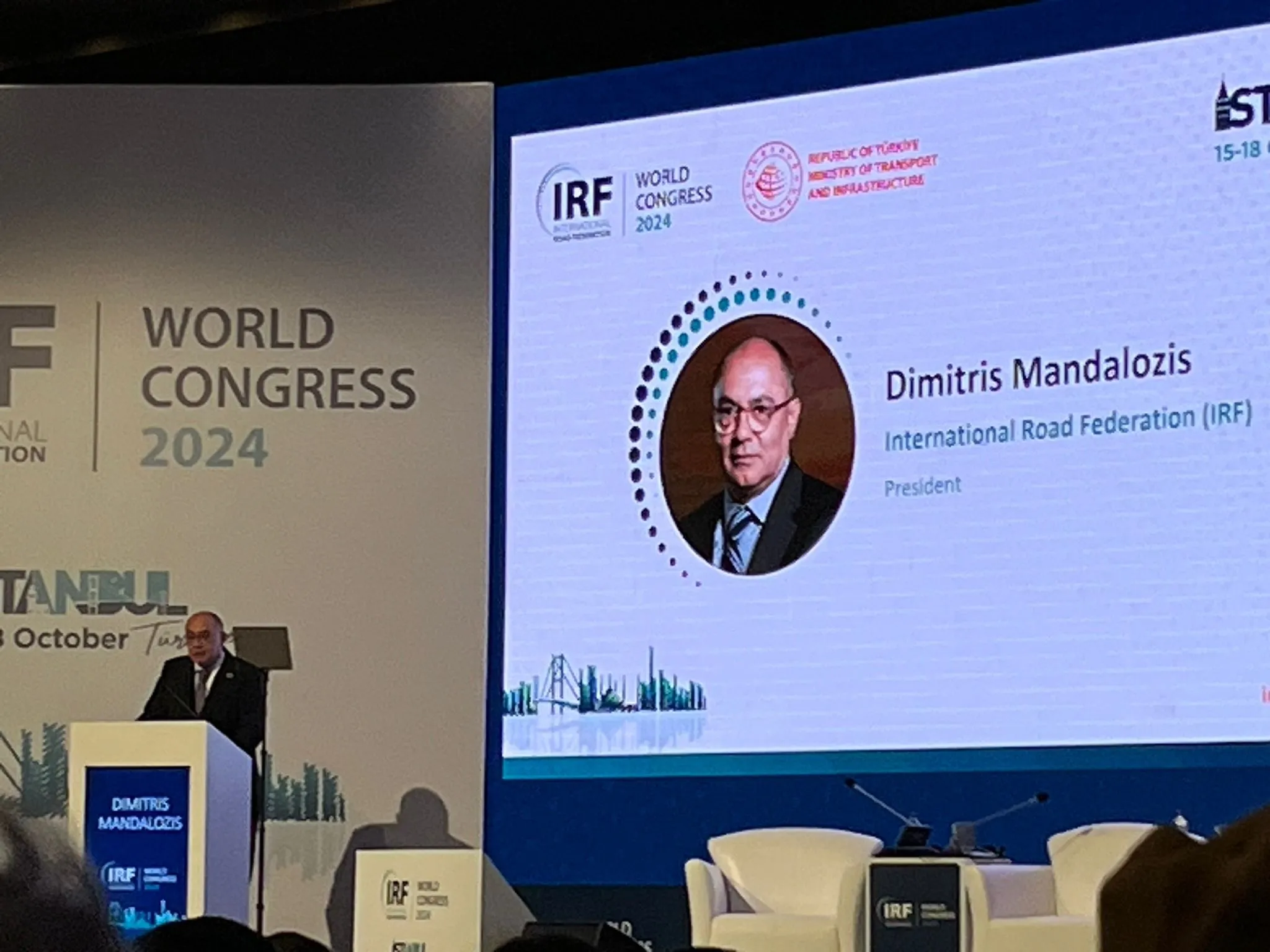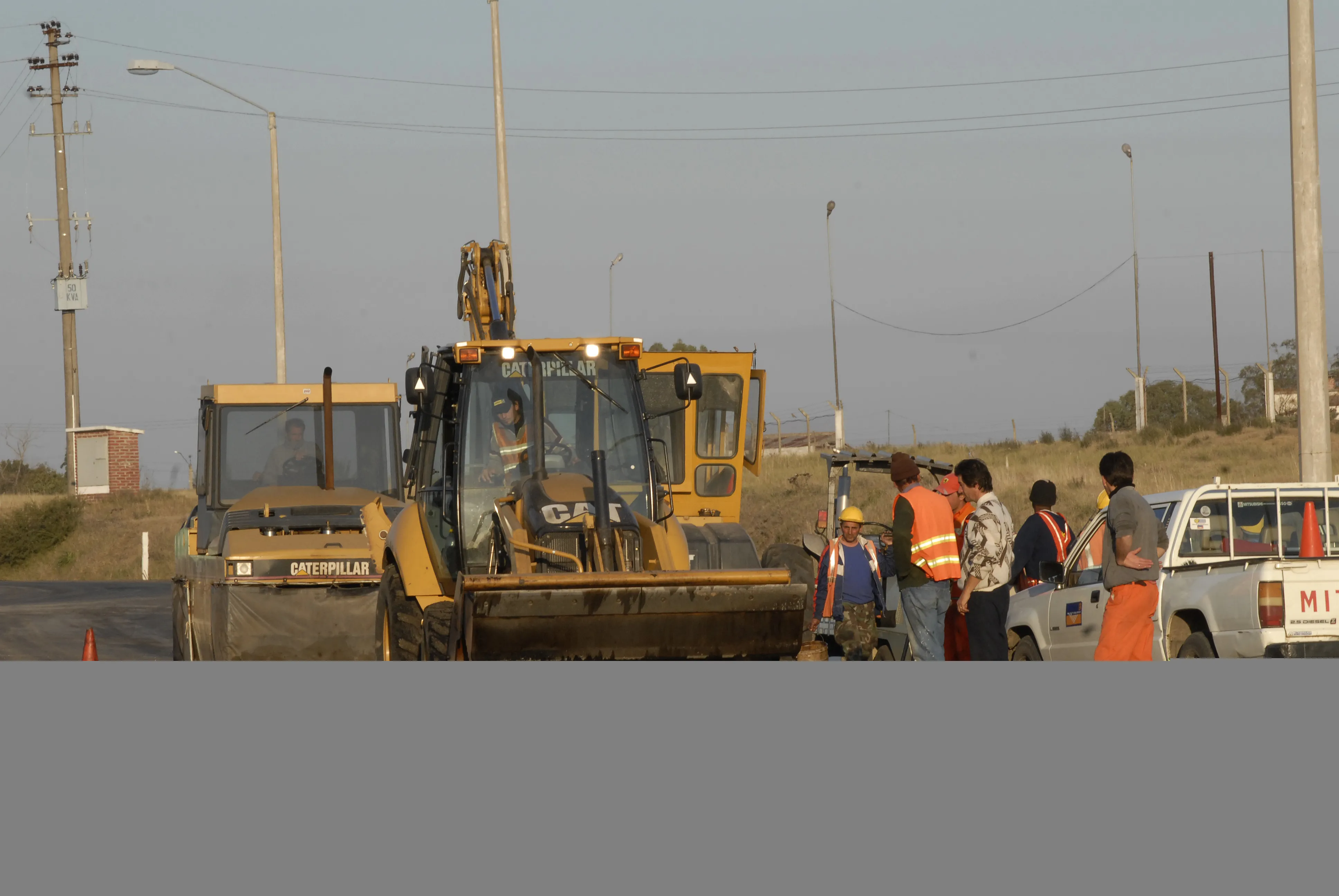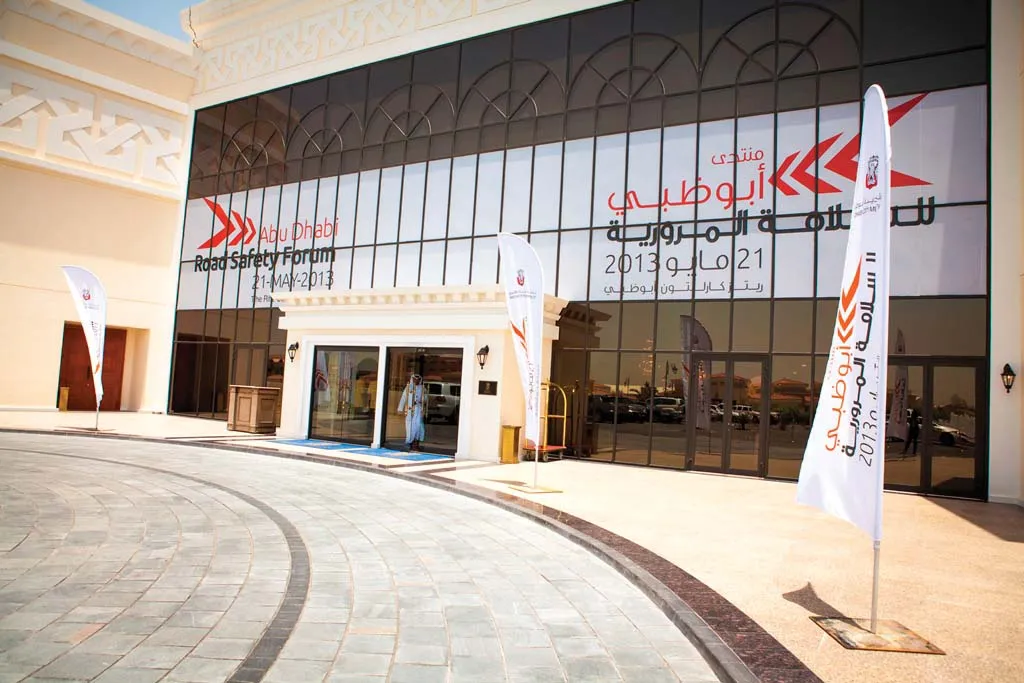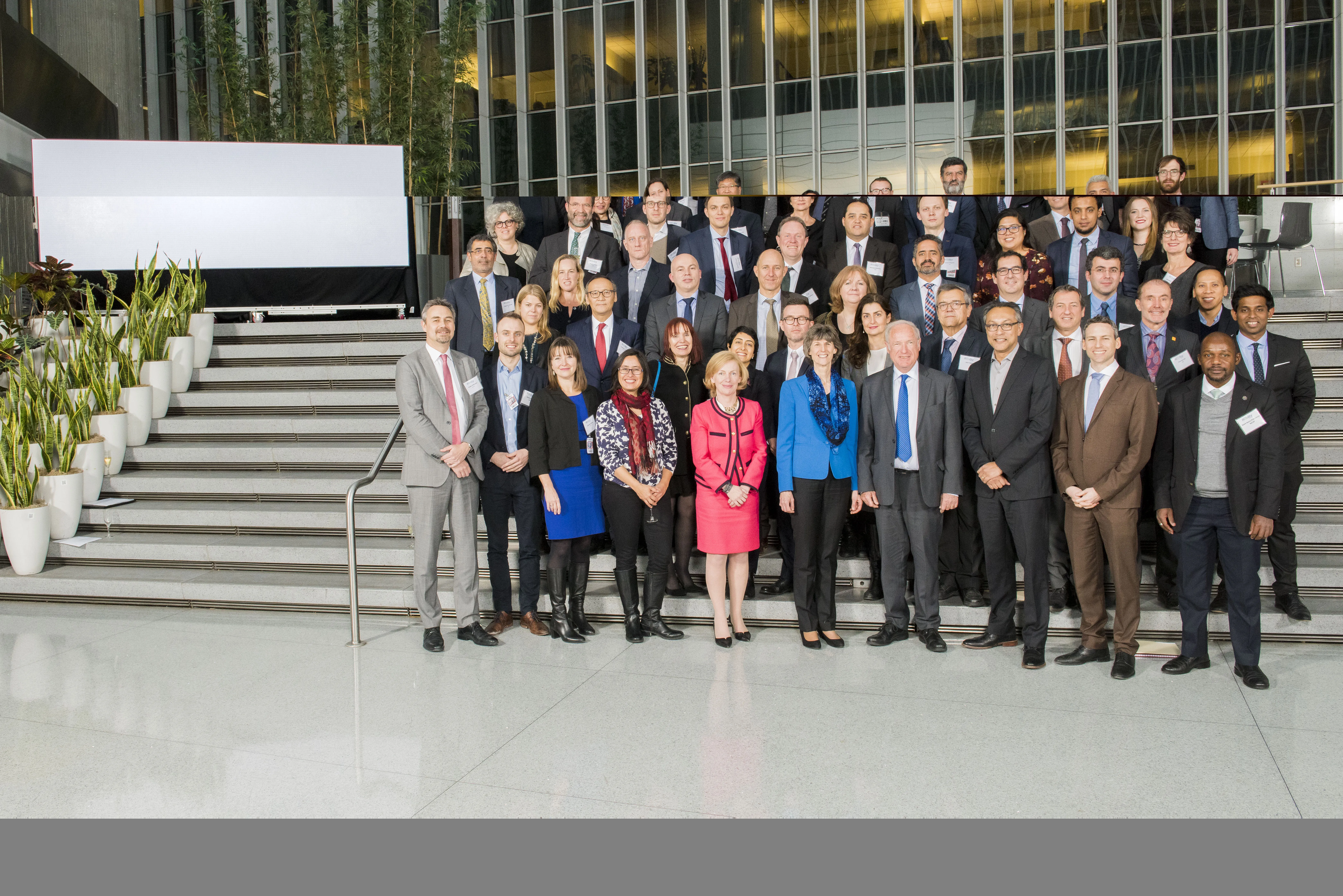
The Shaanxi Mountain Road Safety Demonstration Project has received an prestigious International Road Federation (IRF) global award.
The project was awarded IRF’s Rural Roads and Mobility Award, recognising its contribution to road safety in the mountainous province as well as collaboration among government agencies, private enterprises, and civil society in achieving sustainable road development.
This prestigious award is a reward to the Asian Development Bank (ADB), Shaanxi Provincial Transport Department, the International Road Assessment Programme (iRAP), and the China Road Assessment Program (ChinaRAP) at the Research Institute of Highway (RIOH) for their work on the link.
The Shaanxi Mountain Road Safety Demonstration Project has achieved major road safety outcomes, with infrastructure upgrades on 850km of trunk and rural roads. This has resulted in a 33% reduction in fatalities and a 53% decrease in injuries, saving an estimated 32 lives and 868 injuries annually.
The percentage of the assessed roads meeting the global safety standard of 3-stars or better increased by 52%.
Infrastructure improvements included road realignments, extensive rock-fall protection and slope stability measures, the addition of paved shoulders, safety barriers, reduced speed limits, traffic calming measures, and pedestrian crossings.
Additionally, over 200 professionals participated in road safety design and management training, while 2,400 community members took part in safety education activities.
Rebecca Stapleton, Senior Transport Specialist at the ADB said, “We are delighted to see the project recognised with an IRF Award today. The Shaanxi Provincial Government requested ADB financing support to upgrade trunk and rural roads to improve road safety, increase access and reduce poverty. We’re really proud of the significant safety impact it has had for the local communities in Shaanxi and the replicable model it sets for other provinces and countries.”
Greg Smith, Global Programme Director of iRAP, noted, “A key feature of the Shaanxi project is its primary focus on safety as part of this large-scale infrastructure investment. For the first time in China, road designers were able to apply the iRAP methodology to forecast the real-world safety implications of their design decisions; to optimise safety in the investment before the commencement of civil works, and measure impact post-construction.”
Ma Xiaohong of the Shaanxi Provincial Transport Department, said, “The project has transformed road safety and access on this important corridor, coinciding with a 22% increase in household travel. It is the result of an extensive collaborative effort among transport bureaus, traffic police, and schools and sets a new standard for road safety in rural areas.”
Zhang Tiejun of the ChinaRAP team at the Research Institute of Highway (RIOH), said, “This project used more scientific methods to enhance safety throughout its entire lifecycle, from design to future operation. Through capacity building, the awareness of safety designers was enhanced and solutions were implemented.”








